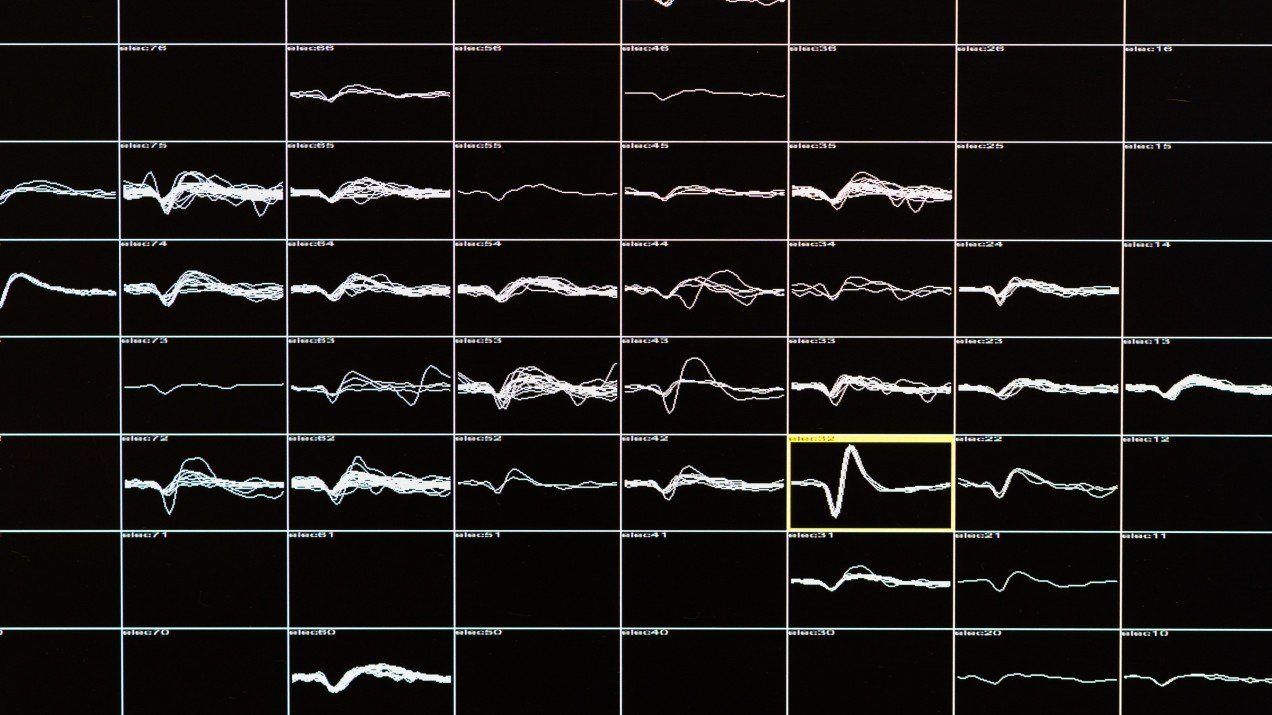
It isn't exactly an impressive feat for a 57-year-old woman — except that Gómez is blind. And she's been that way for over a decade. When she was 42, toxic optic neuropathy destroyed the bundles of nerves that connect Gómez's eyes to her brain, rendering her totally without sight. She's unable even to detect light.
But after 16 years of darkness, Gómez was given a six-month window during which she could see a very low-resolution semblance of the world represented by glowing white-yellow dots and shapes. This was possible thanks to a modified pair of glasses, blacked out and fitted with a tiny camera. The contraption is hooked up to a computer that processes a live video feed, turning it into electronic signals. A cable suspended from the ceiling links the system to a port embedded in the back of Gómez's skull that is wired to a 100-electrode implant in the visual cortex in the rear of her brain.
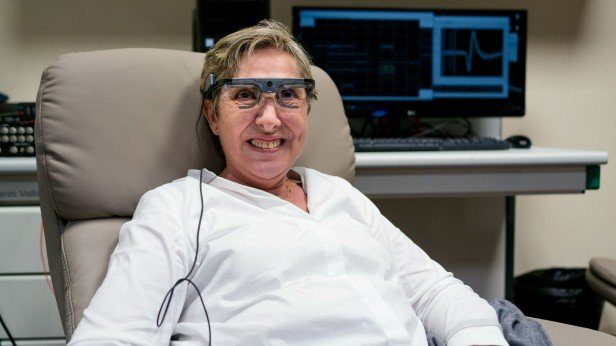

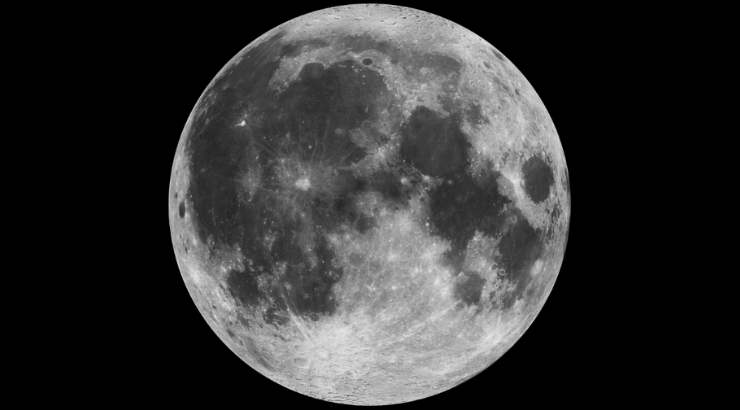
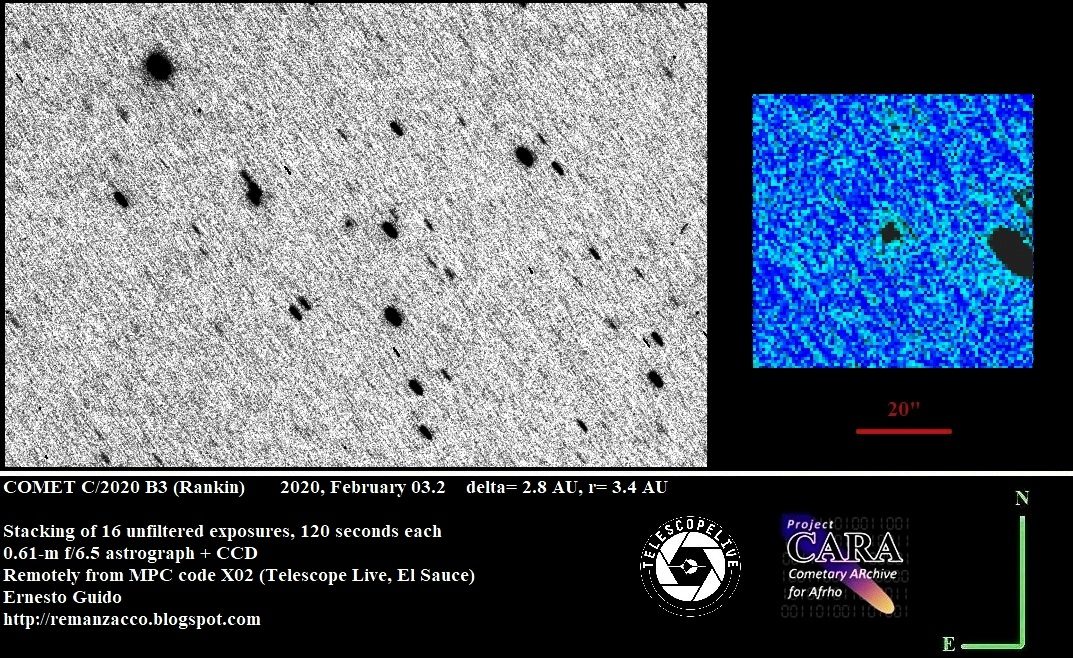
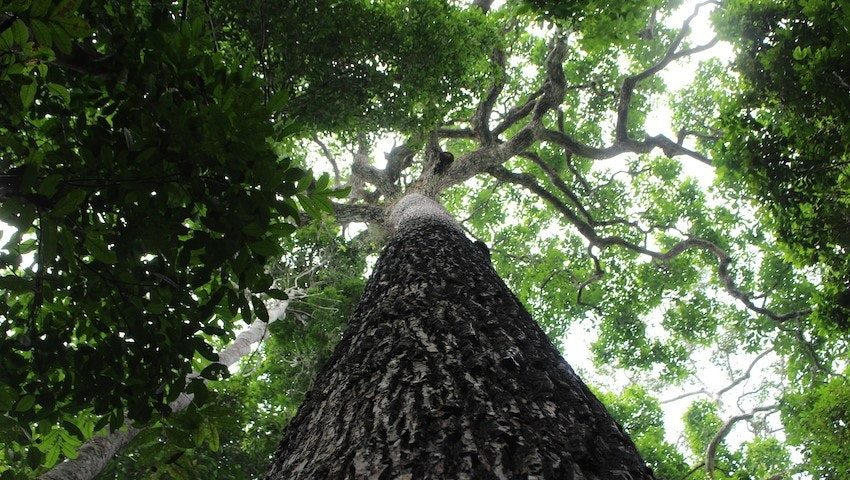
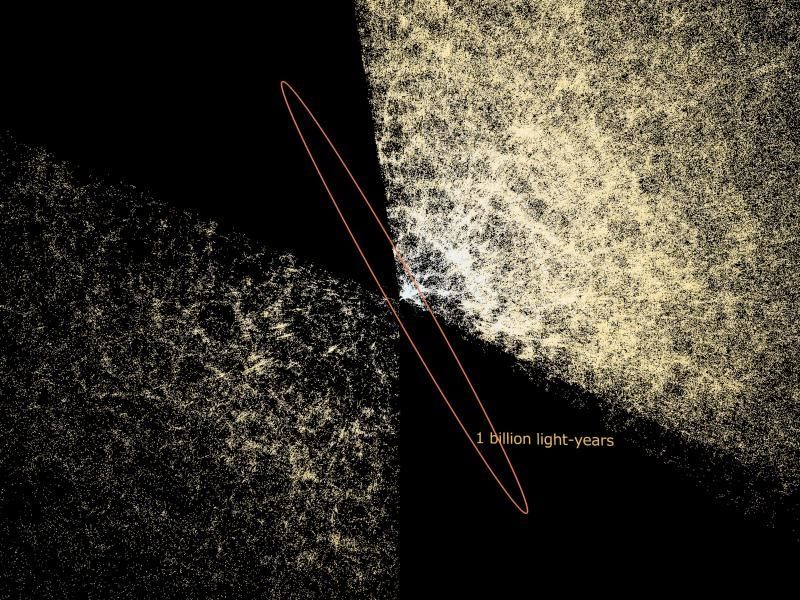
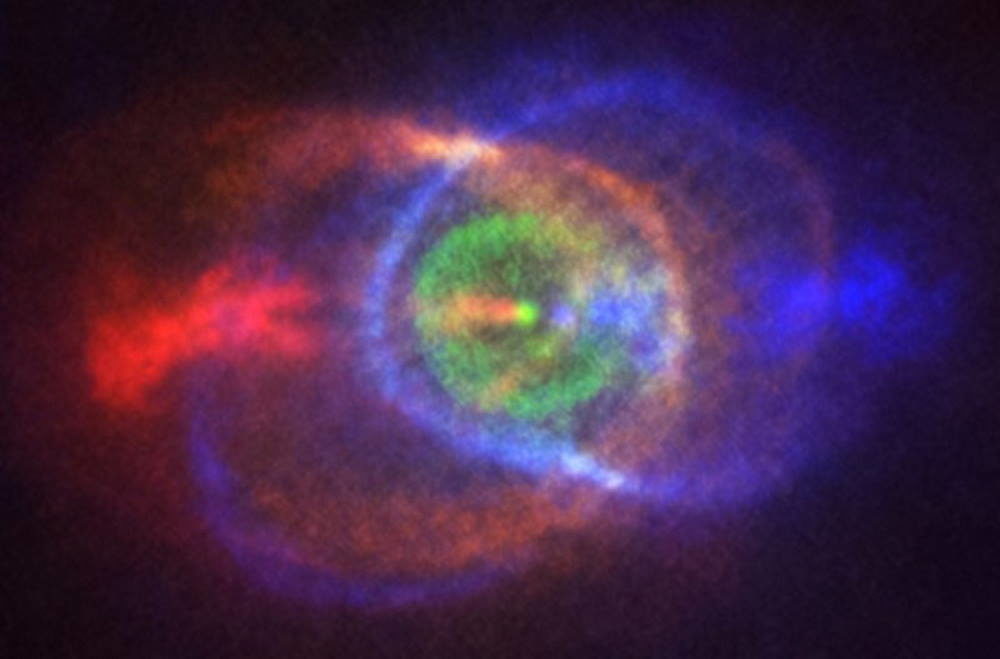

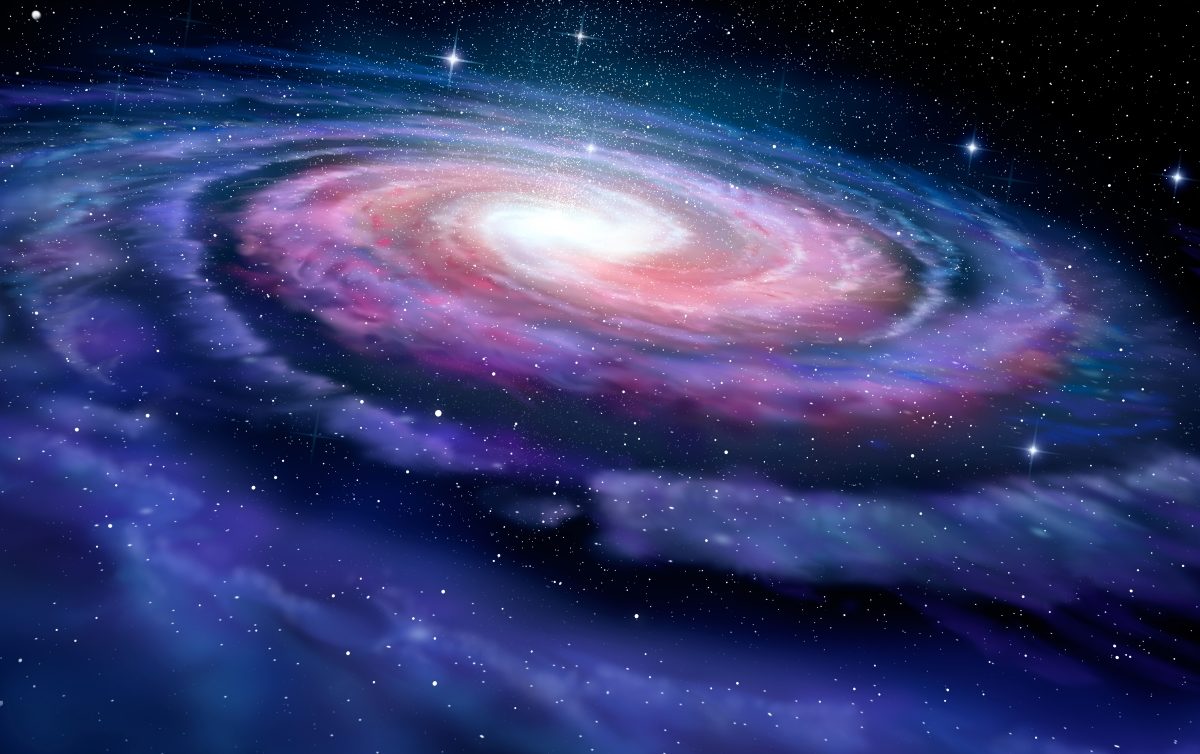




Comment: See also: